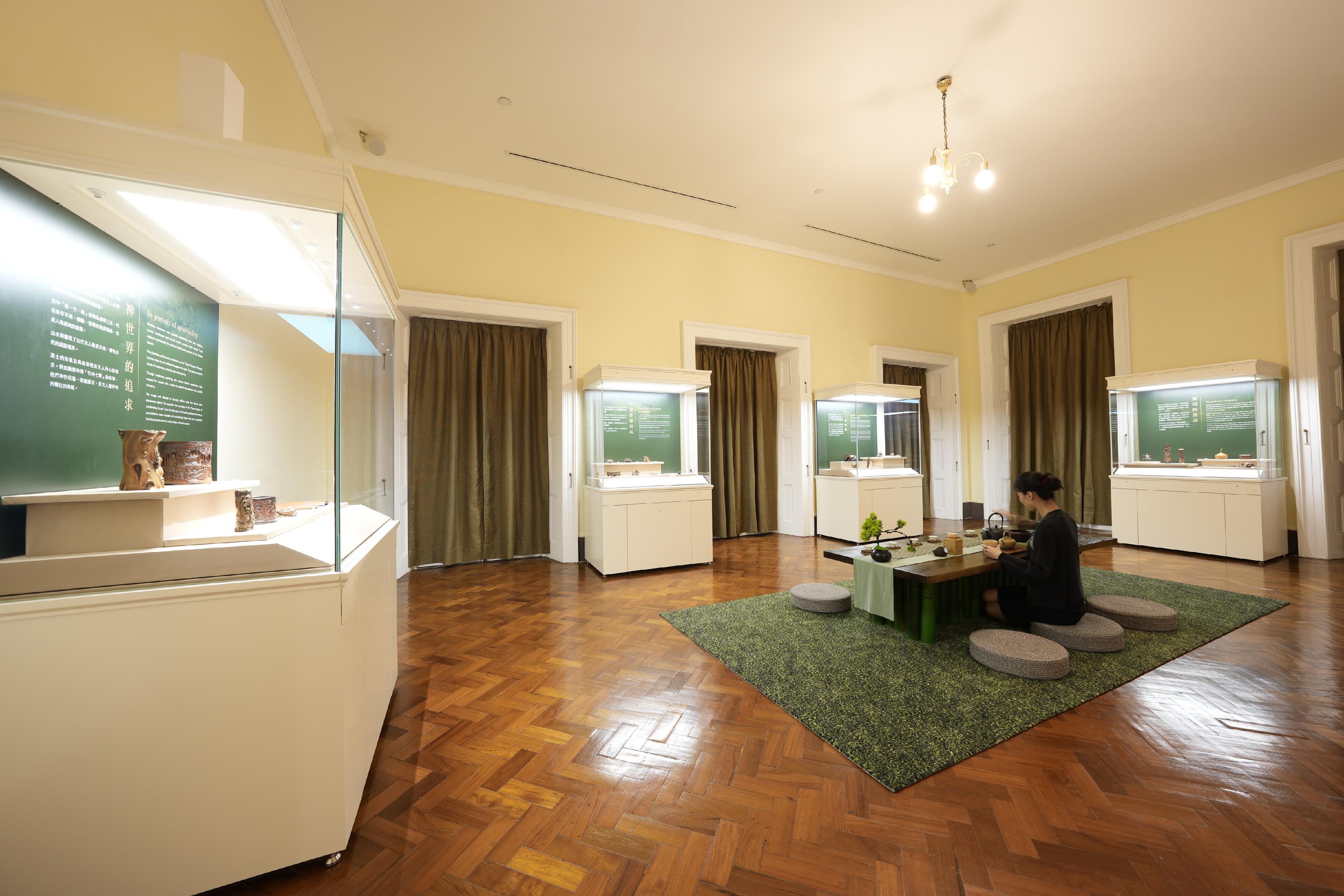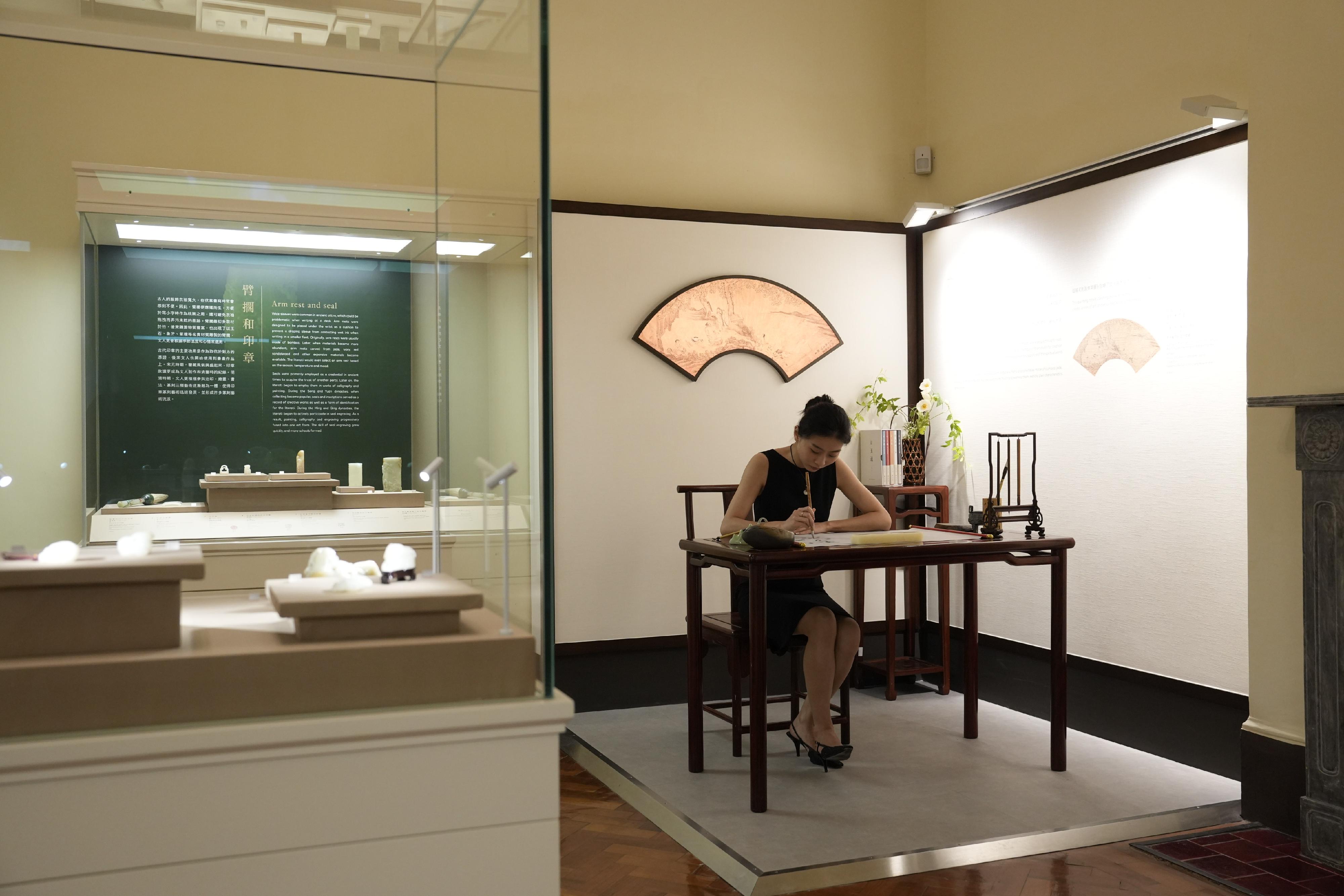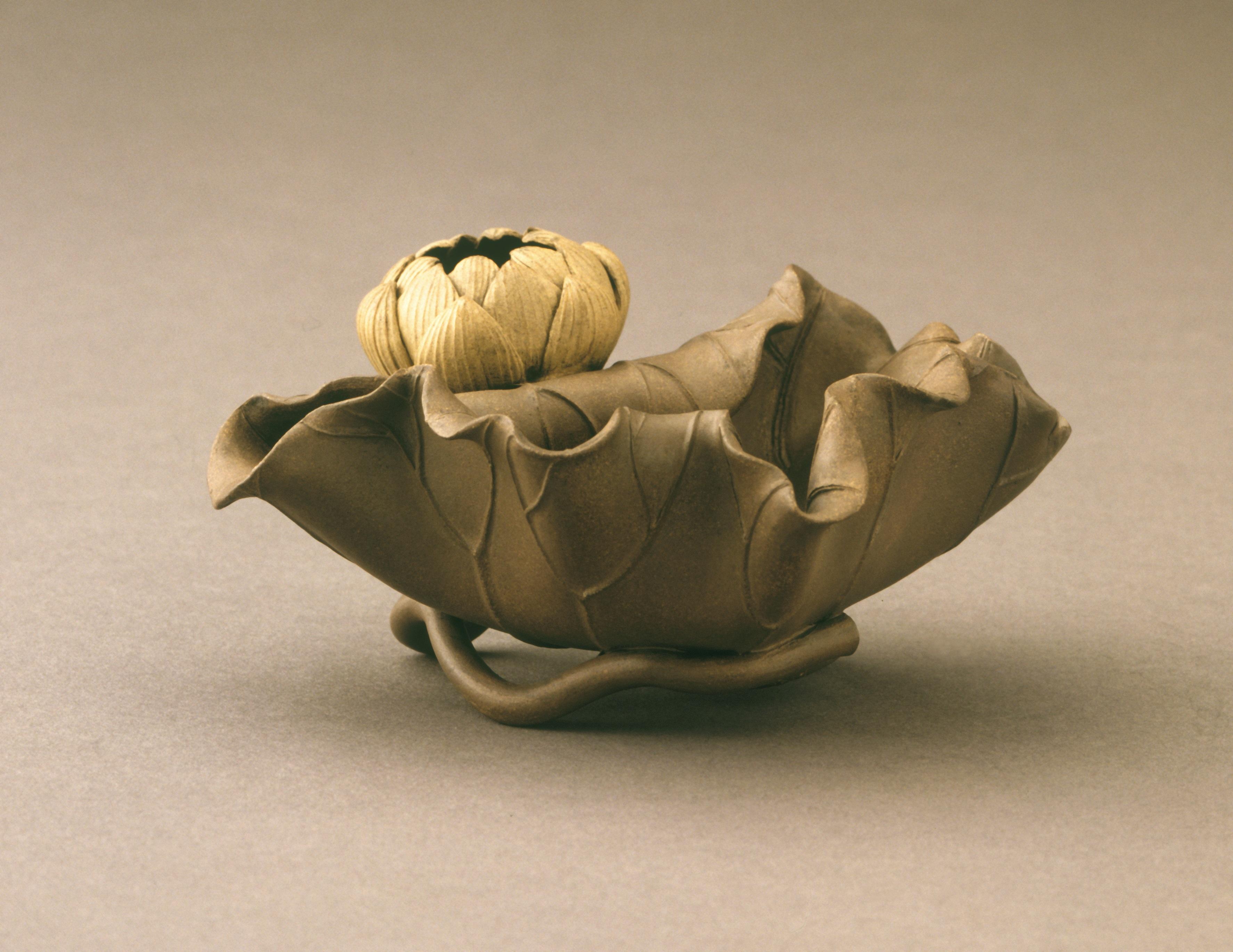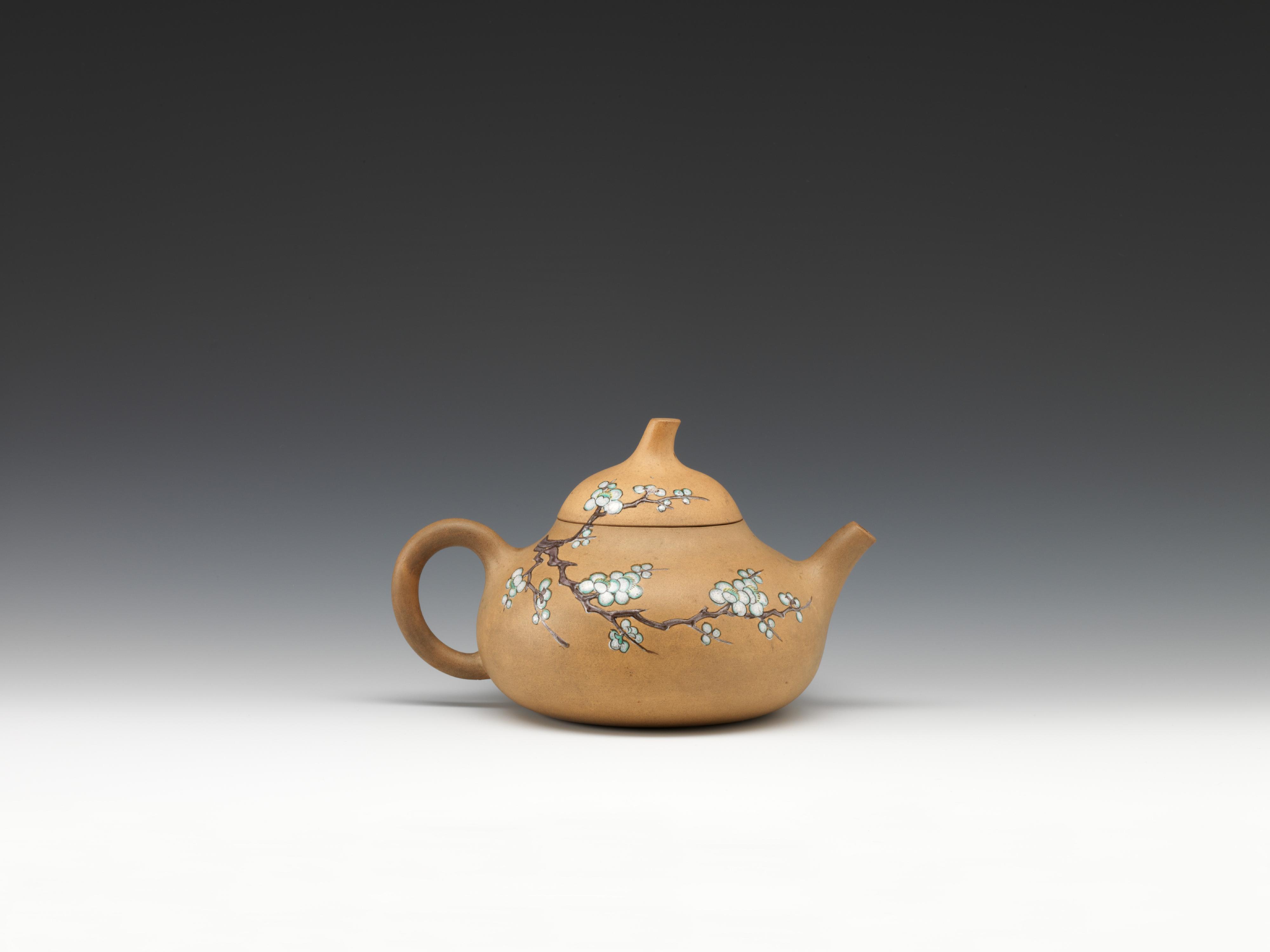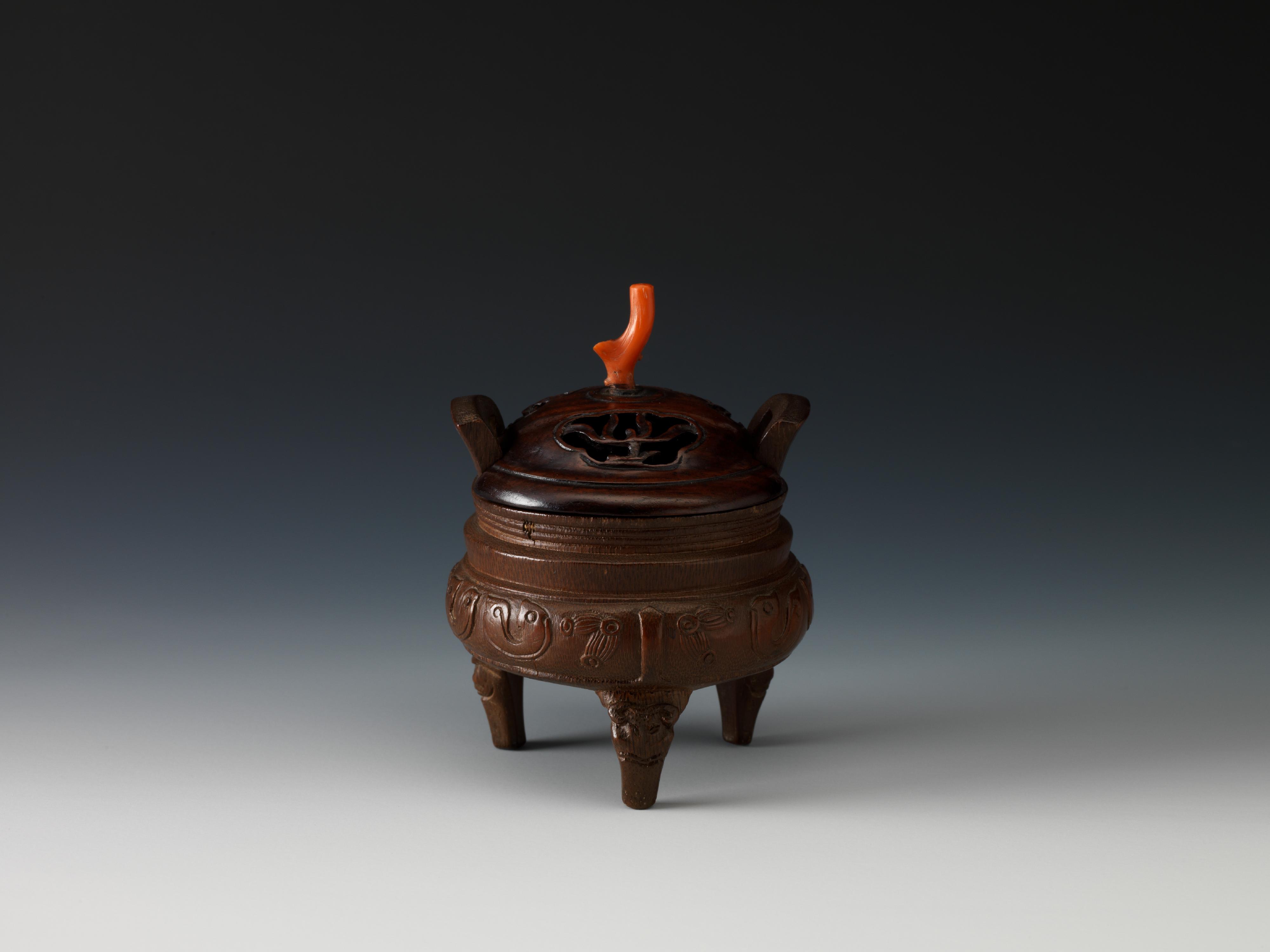"The Art of Living" exhibition at Flagstaff House Museum of Tea Ware introduces to visitors stationery and tea accessories of Chinese literati (with photos)
******************************************************************************************
Since the Ming dynasty, Chinese literati had developed an increasingly sophisticated lifestyle with a keen interest in stationery and collectibles to demonstrate their superior taste and socio-economic standing. These items were crafted by skilled artisans employing fine techniques and various materials, and they conveyed a feeling of uniqueness and cultural significance. The exhibition presents artefacts including stationery, collectibles and tea accessories made of materials such as bamboo, jade, stone and purple clay. Through this exhibition, visitors can know more about the significance of these materials and the objects made from them in the Chinese culture and literati life.
Highlight exhibits include an incense-burner made of bamboo and a jade wrist-rest used in writing carved with bamboo design from the Qing dynasty; a brush washer in lotus shape said to be the work of Chen Mingyuan, a renowned zisha master from the Qing dynasty; a teapot in gourd shape with prunus painted in famille-rose enamel created by calligrapher, painter and seal engraver Qu Yingshao from the Qing dynasty; and a rhinoceros horn cup carved with mantis and butterfly design.
In addition to qin (Chinese zither), chess, calligraphy, painting, reading and meditation, tea appreciation was also popular among the literati. At gatherings, the literati would consume tea and exchange ideas and they were very conscientious about the usage of tea equipment, the environment and the logistics of preparing a tea ceremony. The exhibition will introduce to visitors the basic setup of a Chinese tea ceremony. Visitors can create their own design of tea ceremony through an interactive installation titled "Tea Appreciation Space: My Proposal for Tea Ceremony", to experience the charm of Chinese tea culture and enjoy the elegance of tea appreciation.
The exhibition will run until September 30 next year. The Flagstaff House Museum of Tea Ware is located at 10 Cotton Tree Drive, Central, Hong Kong (inside Hong Kong Park). For details of the exhibition, please visit the website at hk.art.museum/en/web/ma/mt-thematic-exhibition.html or call 2869 0690 for enquires.
Ends/Wednesday, August 2, 2023
Issued at HKT 15:00
Issued at HKT 15:00
NNNN





